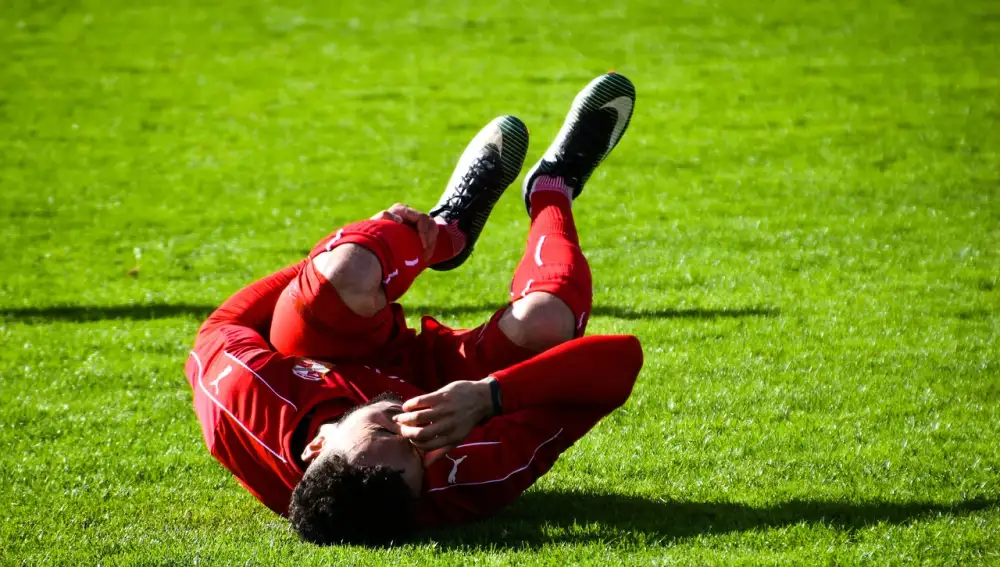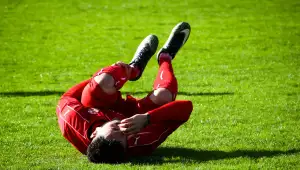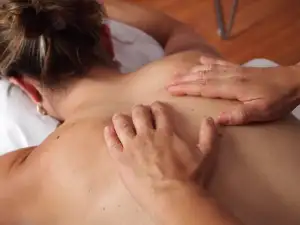Mastering the Golf Swing: How to Prevent Mid Back Pain

Golf is a popular sport enjoyed by many, but it can also lead to mid back pain if proper technique is not followed. The repetitive and asymmetrical nature of the golf swing puts strain on the muscles and joints in the mid back region. This can result in discomfort, stiffness, and even injury if not addressed. Understanding how the golf swing mechanics impact the mid back muscles is crucial in preventing and managing this type of pain. By learning about common causes and implementing preventive measures, golfers can enjoy the game without compromising their spinal health.
Understanding the Mechanics of a Golf Swing
Understanding the mechanics of a golf swing is crucial in preventing mid back pain. The golf swing involves a complex sequence of movements that require coordination between various muscle groups. It starts with the backswing, where the golfer rotates their torso to generate power. This motion places a significant amount of stress on the mid back muscles, particularly the thoracic spine and surrounding muscles. As the golfer transitions into the downswing and follow-through, there is further strain on the mid back as they rotate their body to make contact with the ball. Proper technique and body alignment are essential to ensure that the forces generated during the swing are distributed evenly throughout the body, reducing the risk of injury to the mid back muscles.
Impact of Golf Swing on Mid Back Muscles
The golf swing heavily relies on the rotational movement of the torso, which places significant stress on the mid back muscles. The repetitive twisting and extension motions during a swing can lead to overuse and strain in the muscles surrounding the thoracic spine. This can result in muscle imbalances, tightness, and potential micro-tears in the tissues, leading to mid back pain for many golfers. It is crucial to understand how these movements impact the mid back muscles to effectively prevent and manage any discomfort or injury that may arise from playing golf.
Common Causes of Mid Back Pain in Golfers
1. Poor Posture: Incorrect posture during the golf swing can put excessive strain on the mid back muscles, leading to pain and discomfort.
2. Overuse Injuries: Repeatedly swinging a golf club with improper technique or too much force can cause overuse injuries in the mid back area.
3. Lack of Flexibility: Limited flexibility in the thoracic spine and surrounding muscles can contribute to mid back pain when performing a golf swing.
4. Muscle Imbalances: Weakness or tightness in certain muscles of the mid back region can disrupt the proper mechanics of a golf swing, resulting in pain.
5. Improper Equipment: Using clubs that are too long or heavy for your body type can force you into unnatural positions during the swing, causing mid back strain.
Understanding these common causes of mid back pain in golfers is essential for preventing injuries and maintaining a healthy golf game.
Tips for Preventing Mid Back Pain during Golf
To prevent mid back pain during golf, it's crucial to focus on maintaining proper posture throughout your swing. Ensure your spine is straight and not hunched over, as this can strain the mid back muscles. Additionally, warm up before playing to prepare your muscles for the activity. Avoid over-swinging or using excessive force, as this can lead to muscle tension and potential injury. Stay hydrated and take breaks between rounds to rest your muscles. Lastly, invest in quality equipment that suits your body type and swing style to reduce strain on your mid back.
Exercises and Stretches to Alleviate Mid Back Pain
Exercises and stretches can play a crucial role in alleviating mid back pain caused by the golf swing. One effective stretch is the Cat-Cow stretch, where you get on your hands and knees, arch your back up like a cat, then lower it down as if in a cow position. Another beneficial exercise is the Thoracic Extension stretch, where you sit on your heels with arms outstretched in front and lower your chest towards the ground while keeping your hips on your heels. These exercises help improve flexibility and reduce tension in the mid back muscles, promoting better range of motion and preventing pain.
Seeking Professional Help for Persistent Mid Back Pain
If you are experiencing persistent mid back pain from your golf swing despite trying various preventive measures, it is crucial to seek professional help. A qualified healthcare provider, such as a physical therapist or sports medicine specialist, can conduct a thorough assessment to determine the root cause of your pain. They can provide personalized treatment plans, including specific exercises and stretches tailored to address your individual needs. Ignoring persistent mid back pain can lead to more serious issues in the future, so seeking professional help early on is essential for long-term health and enjoyment of the game.
In conclusion, mastering the golf swing is not just about improving your game but also about preventing mid back pain. Proper technique is crucial in ensuring that the muscles in your mid back are not strained or injured during the swing. By understanding and implementing correct mechanics, golfers can significantly reduce the risk of developing mid back pain. Remember, consistency in practicing good form and seeking professional guidance when needed can make a significant difference in your overall performance and long-term health on the golf course.
Published: 14. 04. 2024
Category: Health



